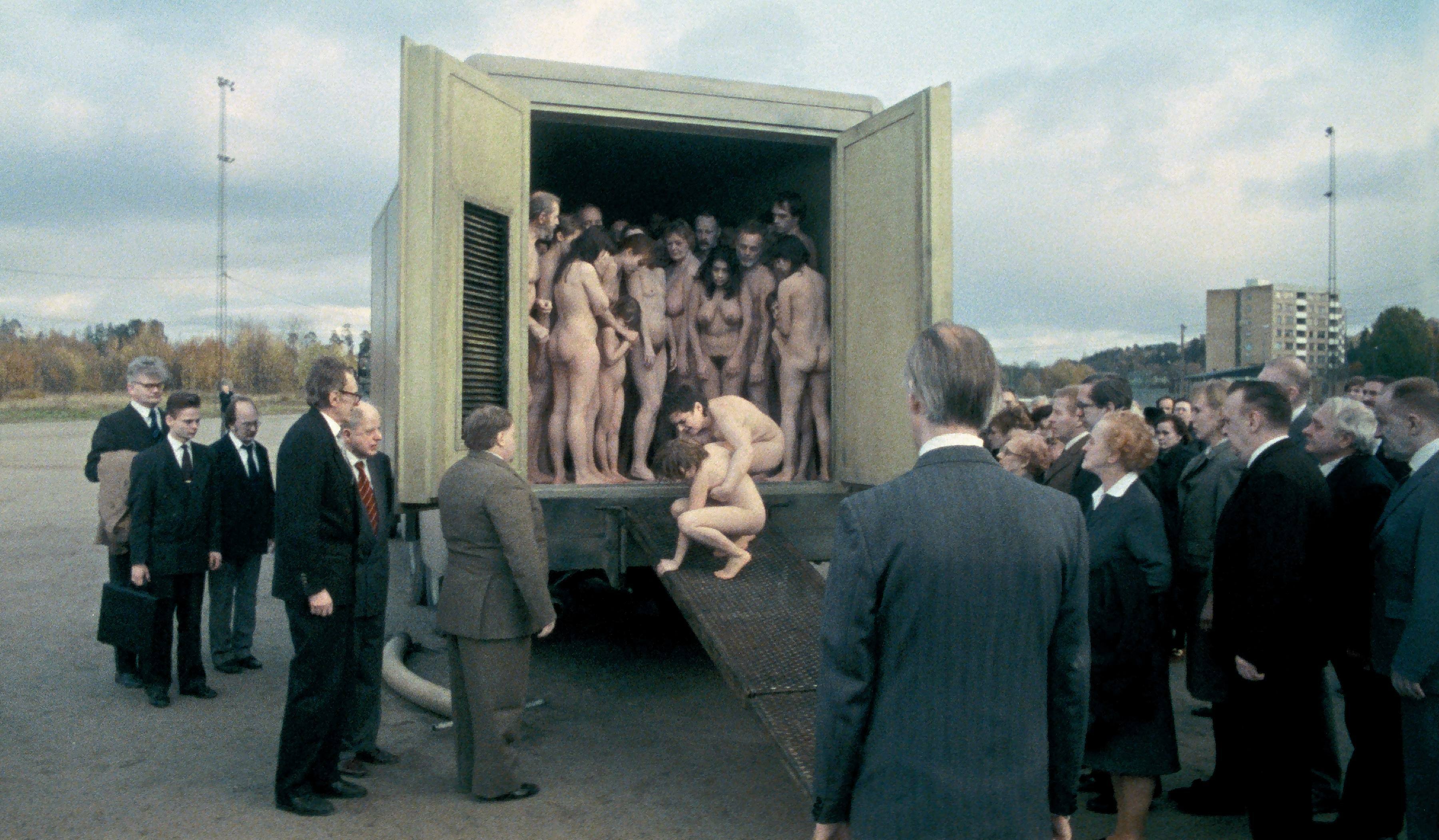Übergordnete Werke und Veranstaltungen
Ökonomien der Angst
Personen
Media
The fear of social decline is one of the most prevalent fears nowadays. The mass unemployment that has continued for decades in the rich western societies has made people extremely insecure. Not much is left of the promises of “prosperity for all”, made in the 1950s, 1960s and 1970s. Yet it seems as if it is not the money itself that is the main cause of anxiety: Unemployment is profoundly linked to social devaluation, people feel useless and valueless. The politicians who have fought for years with cosmetic programmes against mass unemployment, to no avail, regularly attempt to distract from their own failure by claiming that unemployed people are too lazy to work. This destroys the self-confidence of those already aggrieved, once and for all. A particularly perfidious aspect is that this danger to the economic status is scarcely perceivable. The “invisible hand” (Adam Smith) of the market can strike quite suddenly: Industries, financial systems, states, nothing seems immune to a sudden crisis and the subsequent chain reaction. The employee who is made redundant as a result of such a disaster hardly has any chance to prepare his or herself or to fight against it. The “invisible hand” may also be a reason why, despite the socially explosive nature of the topic, very few artists deal directly with economic themes. “A photograph of the Krupp works or the AEG reveals practically nothing about these institutes.“1 The films in this programme are therefore all the more important because they use very different artistic means to embrace equally varied economic disasters.
Meinungsverschiedenheiten (Dissent) is a pretty crude propaganda film that was intended to praise the benefits of the “social market economy of Ludwig Erhard”. The founding of the association of industrialists “Die Waage” (The Scales), who produced the film, was initiated by Erhard himself. His goal was above all the fight against socialist ideas that were popular in West Germany back then. In this programme the film also represents the exceptional boom in West Germany in the 1950s.
Gabriele Mathes’ Eine Million Kredit ist normal, sagt mein Großvater (A credit of one million is normal, says my grandfather) is based on her own family’s home movies. Like almost all amateur films, these depict the brighter side of life: parties, excursions, holidays. However, in a voice-over the artist describes the unstoppable economic decline of her family. Once a flourishing carpentry, their business slowly slips into ruin due to the new economies of furniture stores and DIY stores. The title refers to a belief in a permanent economic upward trend, which can also be fired up to dizzy heights through credits. A special formal aspect is the voice-over: the tragic story is not told in the flow of a narrative but in pictures created by words, pictures that have never been taken.
Leopold Kessler’s Depot documents an intervention in public space. The artist leaves quite a significant sum of money in the “O” of a light box of a police station. Shot long before the bank crisis, the film makes reference to the unfeasibility of economic security. If Leopold Kessler can even deposit the money in the entrance of a police station – and can “withdraw” it again unnoticed – where can it still be safe? At a bank perhaps?
Roy Andersson is renowned for his gloomy films full of black humour.2 A less well-known fact is that he finances a greater part of them through his earnings working in advertising. In doing so he seems to make no compromises: As opposed to the genre-typical, hysterically cheerful consumer worlds, these films are dominated by grey, horrific rooms through which helpless people with wan expressions move. Socialdemokraterna is a TV commercial promoting the Swedish social democracy. In five short, orchestrated scenes, a horrific scenario of a completely ruthless world is set up: “Why should we care about each other?”
Artists are the professional group with the lowest income in Germany. Yet this form of poverty is rarely mentioned by the artists themselves. The financial calamity is often perceived as a legitimate side effect of creative freedom. The essay Geschichten aus der Heimat (Stories from a Hometown) by Curtis Burz interweaves documentary and fictional elements to a portrait of the city of Berlin, which has become an attractive place for artists from around the world and is thus home to a particularly large number of poor creative minds.
The dramatic suicide of the failed capitalist is a popular motive used to dramatize the risks of the wealthy, which are in fact quite marginal. In Der vereitelte Selbstmord (The thwarted suicide), a businessman is facing ruin because of an accident in the mine in which he had invested all his money. He reaches for his revolver. However at the last minute he is sent a crate of sparkling wine. He opens the bottle and begins to drink. “Some hours later”, the mine and the capitalist are saved. At his wedding the drinking happily continues. “The best remedy against worry: Kupferberg Gold.”
Marcel Schwierin
1 Bertolt Brecht, Collected Plays. vol. 18, Frankfurt 1973, p. 161.
2 See also the programme Structures of Violence.




